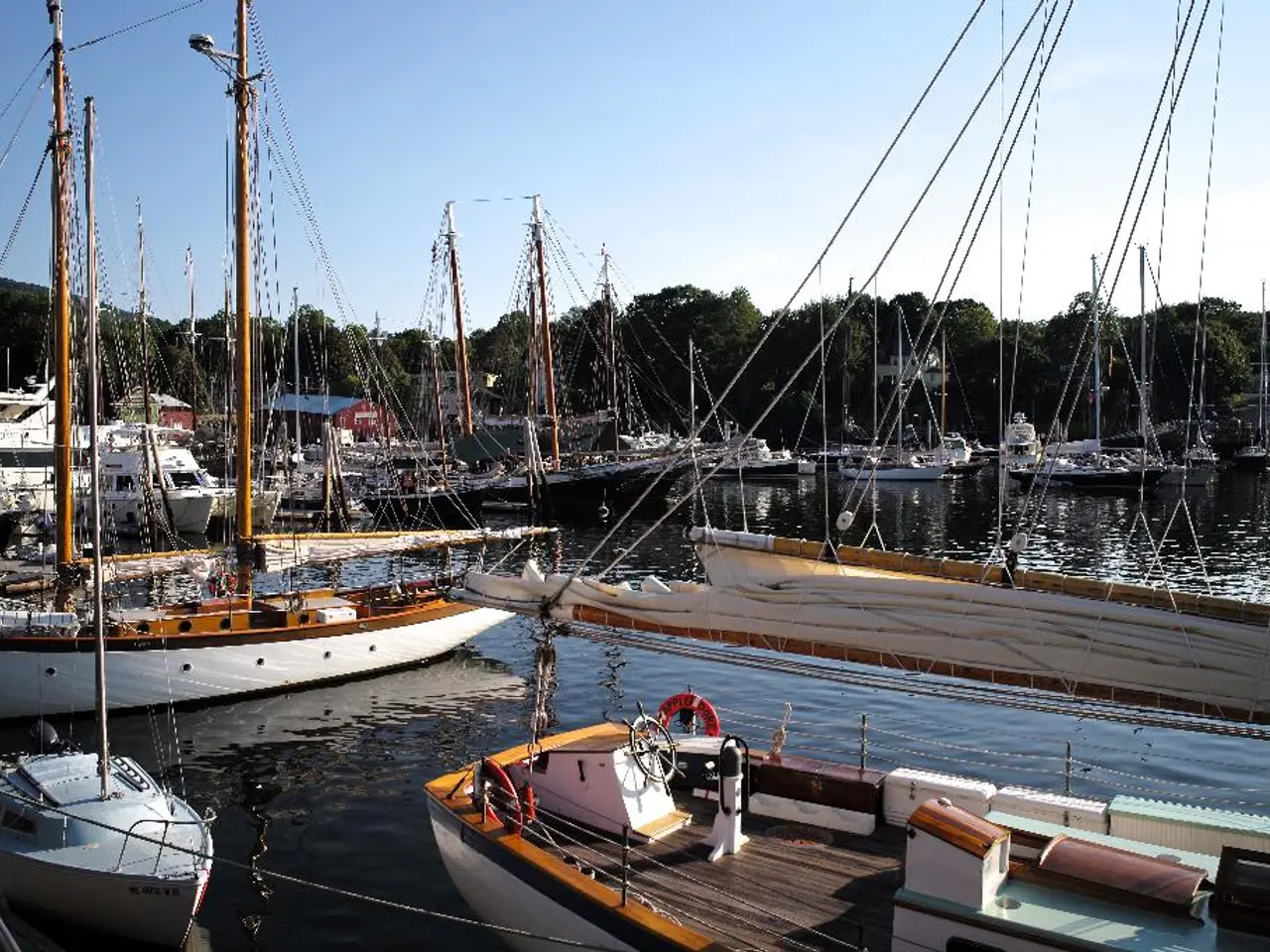Nova Scotia's Bay of Fundy Tidal Power Project Completes World's Largest Underwater Cable Installation
Nova Scotia's government has invested in clean technologies, with a significant project now complete in the Bay of Fundy. Four underwater power cables, each capable of delivering electricity to homes, have been installed in the Minas Passage. The operation, led by R.J. MacIsaac Construction, involved numerous local and international companies.
The 11-kilometre cables, with a combined capacity of 64 megawatts, can power 20,000 homes at peak tidal flows. OpenHydro, specializing in tidal turbines, was among the key players. Other companies like Seaforth Geosurveys, Strum Engineering, and Hughes Offshore contributed to the cable laying and marine construction. The project employed over 25 personnel from Nova Scotia, the Maritimes, and beyond, lasting nearly four weeks and concluding on Oct. 28.
The Fundy Ocean Research Center for Energy (FORCE) has achieved the world's largest transmission capacity for tidal power with this installation. Nova Scotia's economy stands to benefit from these tidal resources as a new power source and export potential.
The successful installation of the four underwater cables in the Minas Passage marks a significant step towards harnessing the Bay of Fundy's tidal power. This project, part of Nova Scotia's clean technology investment, demonstrates the province's commitment to building the economy while protecting the environment.







